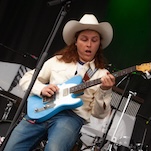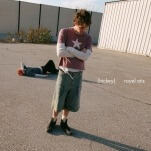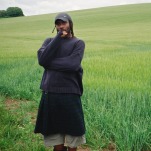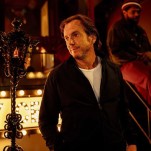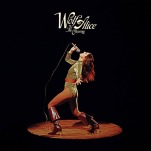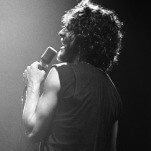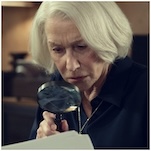Aidan Turner Talks Poldark and Capturing 18th Century Life
Lovers of sweeping, romantic sagas will delight at the latest Masterpiece presentation, which takes viewers back to the late 1700s following the American Revolutionary War. Ross Poldark, an officer in the British army, returns home to his family estates in Cornwall to discover that, not only was he presumed dead, but his father has died, the woman he loves is marrying his cousin, and he has a mountain of debts and no obvious way to raise the funds.
Based on the series of 12 novels by Winston Graham, Poldark stars Aidan Turner in the title role. As the heroic Poldark, he vows to sets things to right even as the odds seem insurmountable. And he doesn’t want to succeed out of some sense of upper-class pride, but for the people of Cornwall who have fallen on hard times.
“Coming off the back of The Hobbit in New Zealand, it seemed perfect for me,” Turner tells Paste. “He’s a character that I really related to immediately. His moral compass is so in the right place. He’s fair. He’s honest. He has a real sense of integrity, but he also slips between the classes. He’s well-respected and he’s the hero of the working-class generation in Cornwall, but he’s also respected among the gentry and the aristocracy, so he’s quite an enigma.”
One way Poldark demonstrates his renegade spirit is in a scene where he rescues an abused street urchin, Demelza (Eleanor Tomlinson, The White Queen), and takes her on as his kitchen maid. This, despite the protests from her family, his relatives and the disapproval of the gentry, who assume she is really in his home for lewd purposes.
“Eleanor is a brilliant actor,” says Turner, who’d already landed the title role when he tested with her. “Everyone was fantastic, but she just had something. We just kind of clicked. It didn’t feel like she was acting. It felt like she was reacting, and that we had something going on.”
-

-

-

-

-

-

-

-

-

-

-

-

-

-

-

-

-

-

-

-

-

-

-

-

-

-

-

-

-

-

-

-

-

-

-

-

-

-

-

-

